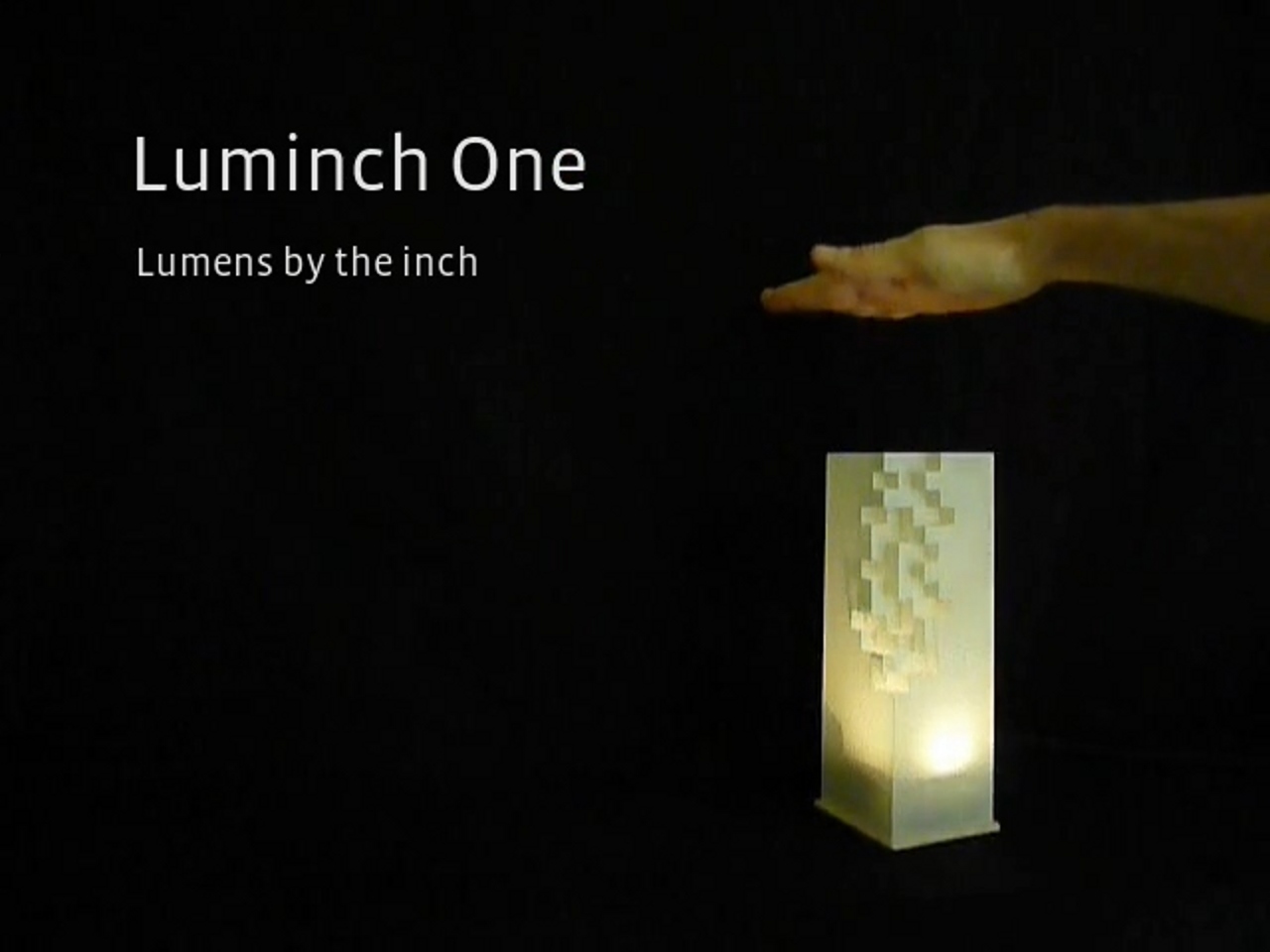Luminch One is an interactive lamp controlled by the movements of your hand. Wave your hand over it to turn it on or off, or move your hand up or down above it to change its brightness. Inside the lamp, an Arduino hooked to an infrared distance sensor tracks your hand and sets the state and the brightness of the LED lamp.
Projects from Make: Magazine
Luminch One
Build an interactive lamp that you can control by waving your hand.


